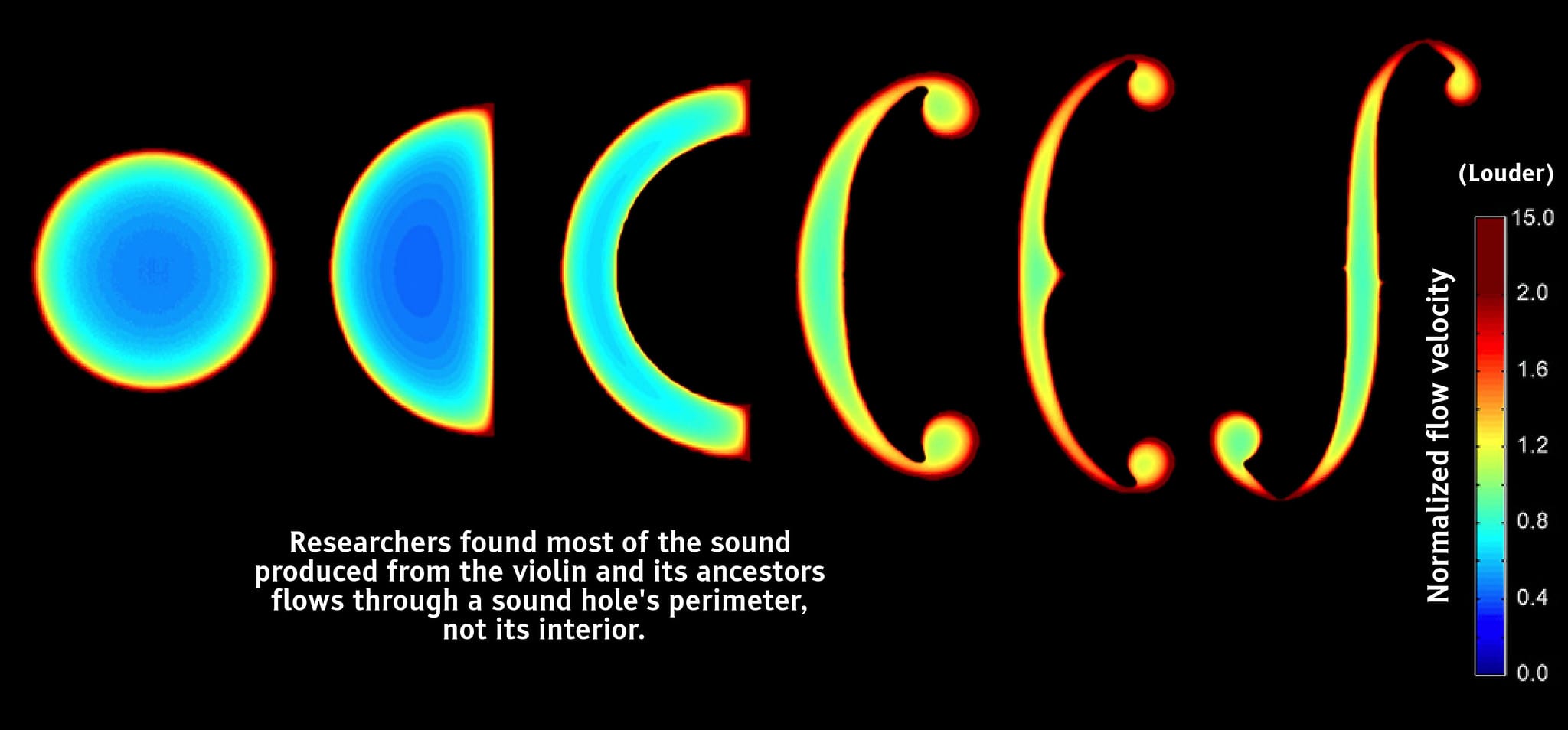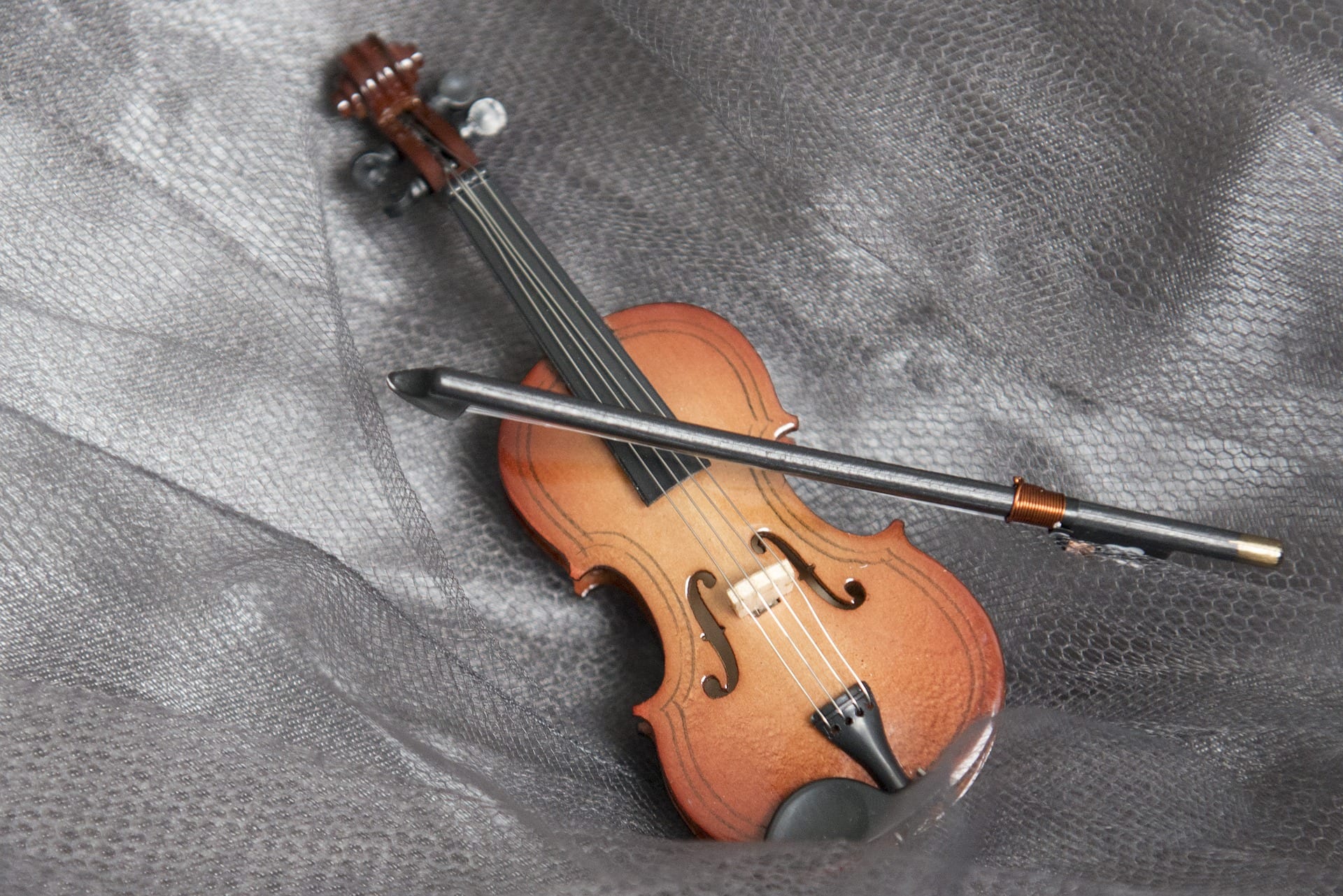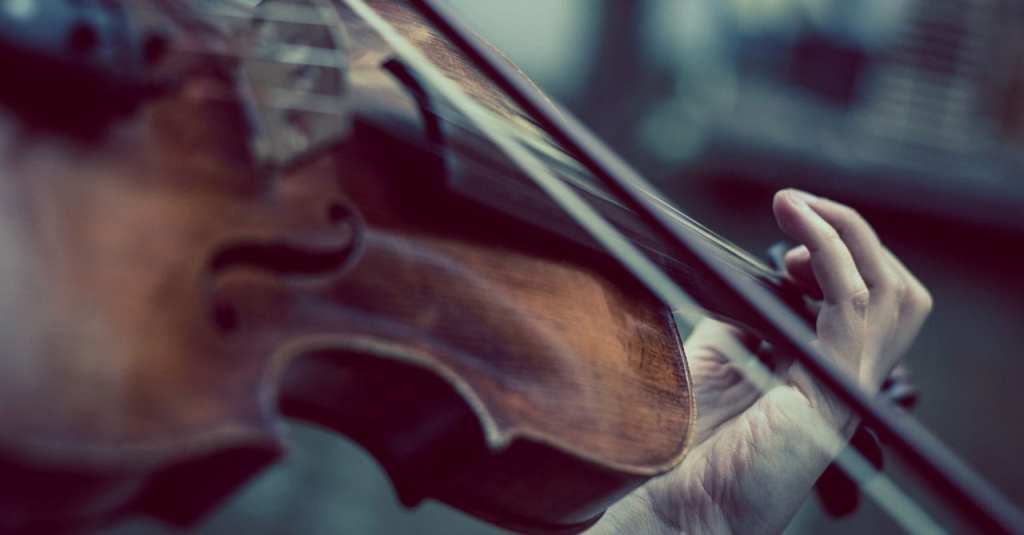Trending Now
An MIT Professor was asked a question: Does the complex rosette found in the middle of a lute make a difference to the sound?
Nicholas Makris, professor of mechanical and ocean engineering and amate*r musician, wasn’t sure. But he was going to find out.
Makris teamed up with another MIT researcher, Yuming Liu, to study air flow. Testing through two different holes – one round and one more elaborate like the lute’s – they found that the air flowed fastest at the edges, and not in the center as they expected.
As far as an instrument is concerned, the faster the air movement, the more powerful the sound.

Photo Credit: Flickr
From there, Makris ventured on a seven year study resulting in a research paper published in the Proceedings of the Royal Society A.
Working with a team of fellow MIT researchers and violinmaker Roman Barnas, Makris studied the so-called evolution of the violin, starting with the 10th century fithele.
They found the earliest instruments had a simple round hole. Over time, the holes changed shape, to half-moons, then to a C-shape. Eventually, the more familiar F-shape emerged on violins and other viols, resulting in a richer, more powerful sound.
But how did these early instrument makers know to make that change?

Photo Credit: Pixabay
Because they made mistakes. Excellent mistakes.
Makris and team reviewed the time period when violin holes evolved from C-shapes to the fabulous F: the 17th to 18th centuries. They discovered the holes changed so slightly from instrument to instrument, it was most likely due to human error in cutting the thin wood. With each subsequent instrument, the maker would want to copy exactly what he did to get the best sound. But with each mistake, the sound only got better.

Photo Credit: Pxhere
Makris said in a press release:
We found that if you try to replicate a sound hole exactly from the last one you made, you’ll always have a little error. You’re cutting with a knife into thin wood and you can’t get it perfectly, and the error we report is about 2 percent … always within what would have happened if it was an evolutionary change, accidentally from random fluctuations.
Conversely, after the 18th century, any deliberate error to improve sound just fell flat. It was the mistakes in hand-building each instrument that led to the flawless sound we get today.
Violins are true examples of the natural evolutionary process.






